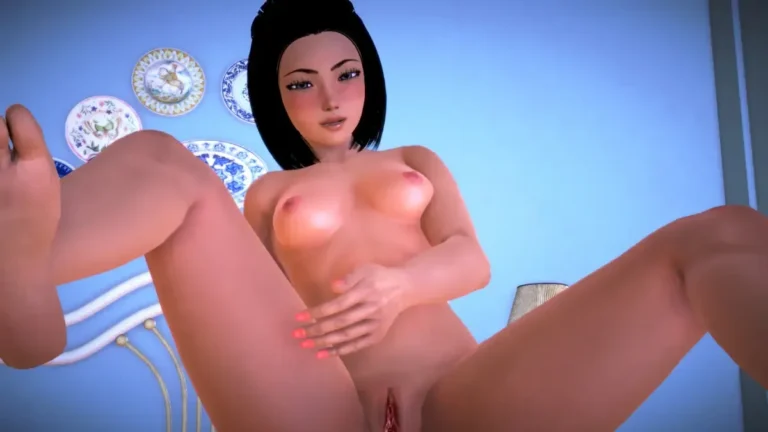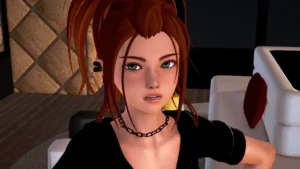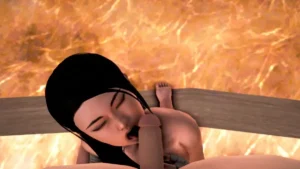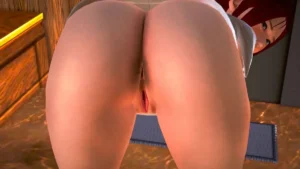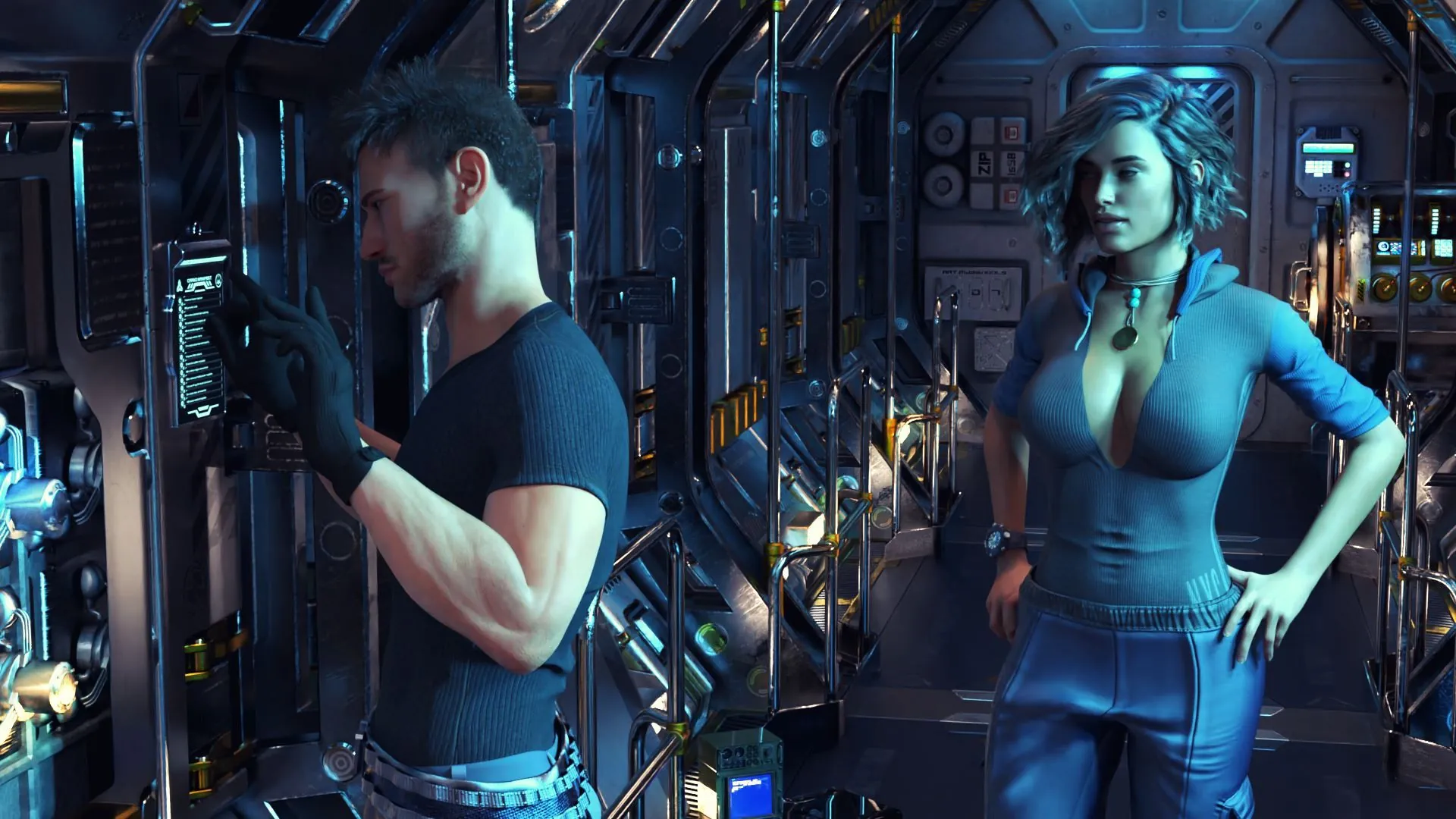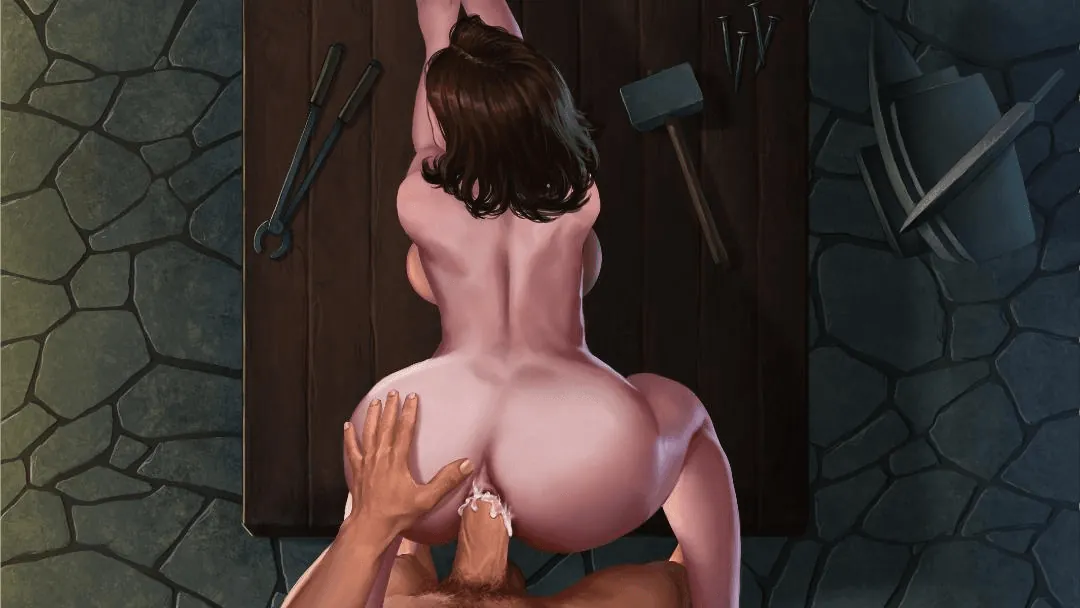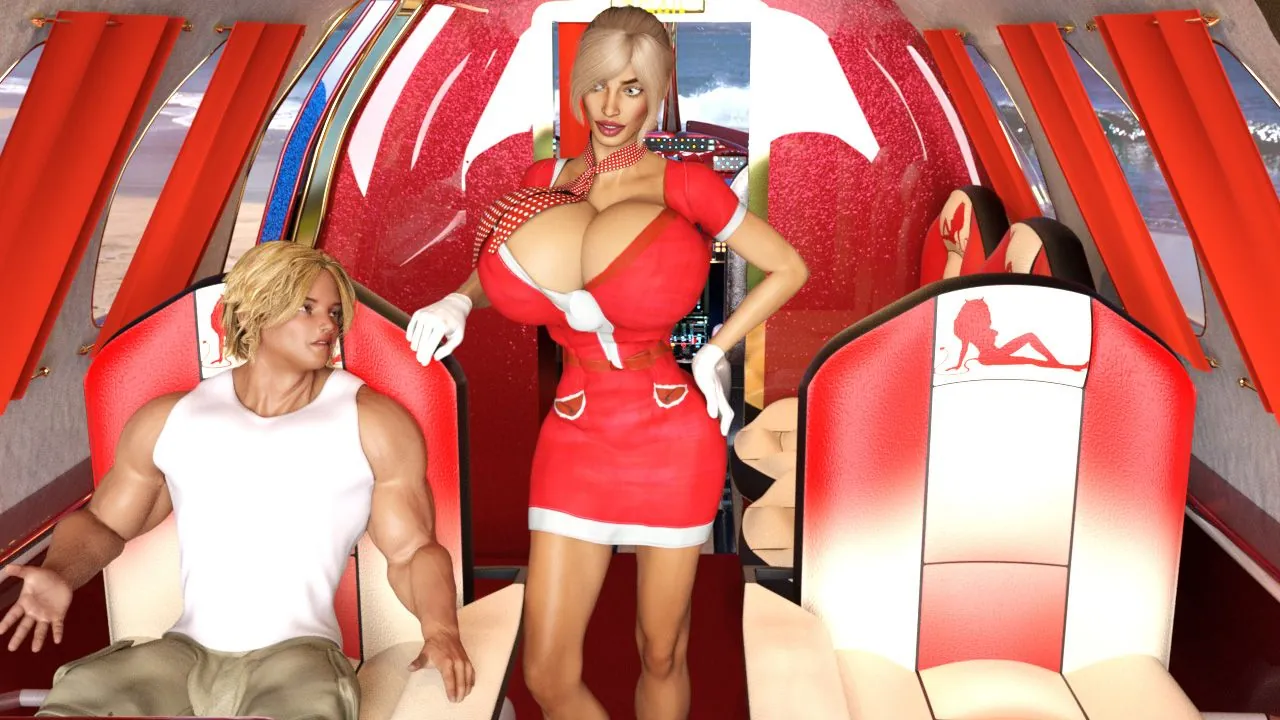
Polarity
Play Polarity
Polarity review
Master the cooperative gameplay and magnetic push-pull mechanics in this innovative puzzle experience
Polarity stands out as a unique cooperative puzzle game that challenges players to work together using magnetic mechanics. The game’s core innovation revolves around assigning each player a magnet with different polarity, requiring strategic coordination to solve environmental puzzles. Whether you’re new to the game or looking to deepen your understanding of its mechanics, this guide explores what makes Polarity a compelling experience for cooperative gaming enthusiasts. Discover how the push-pull dynamics create engaging challenges and why this magnetic puzzle concept has captured the attention of players seeking fresh gameplay innovations.
Understanding Polarity’s Magnetic Puzzle System
How the Magnetic Polarity Mechanic Works
Let me paint you a picture. 🎨 My friend and I were stuck on a level for what felt like an hour. We were trying to push a block onto a pressure plate, but it kept flying off in the wrong direction. We were about to give up when it finally clicked—we weren’t thinking magnetically. That “aha!” moment is at the very heart of the Polarity game magnetic mechanics. This isn’t just another puzzle game; it’s a physics playground where you learn to speak the language of attraction and repulsion.
So, how do you play Polarity game? It’s beautifully simple in concept but wonderfully deep in execution. At the start, you and your partner are each assigned a magnet with a fixed polarity—one positive and one negative. This fundamental rule is your entire world: opposite polarities attract, and similar polarities repel. Your goal is to use these magnetic forces to manipulate objects in the environment to solve puzzles. It sounds straightforward, but trust me, it requires a serious mental shift. You’re not just moving a character; you’re controlling an invisible force field.
The brilliance of the Polarity game magnetic mechanics is how it translates a scientific principle into an intuitive gameplay tool. You don’t have a “repel” button and an “attract” button. You are the magnet. Your very presence in the world creates a magnetic field around you. Moving closer to an object strengthens the force, while moving away weakens it. This creates a dynamic and fluid form of magnetic force puzzle solving that feels more like a dance than a series of button presses.
To make this crystal clear, let’s break down the core interactions you’ll be working with:
| Your Polarity | Object’s Polarity | Resulting Effect |
|---|---|---|
| Positive (+) | Positive (+) | Strong Repulsion 👊 |
| Negative (-) | Negative (-) | Strong Repulsion 👊 |
| Positive (+) | Negative (-) | Strong Attraction 🤝 |
| Negative (-) | Positive (+) | Strong Attraction 🤝 |
This table is your bible for how to play Polarity game. Every action, every solution, stems from these four simple interactions. I remember the first time my partner (controlling the negative magnet) and I needed to carry a positive block across a gap. I had to carefully repel it from one side while she attracted it from the other, creating a delicate magnetic “cradle.” It was a triumphant moment that perfectly showcased the game’s unique cooperative puzzle gameplay. You’re not just solving puzzles together; you’re combining your fundamental properties to create new possibilities.
Push and Pull Dynamics in Cooperative Gameplay
This is where the magic truly happens. 🧙♂️ The magnetic polarity push pull system transforms a solitary brain-teaser into a vibrant conversation between two players. The game is a masterclass in cooperative puzzle gameplay because you simply cannot succeed alone. Your individual powers are limited; it’s only when you combine your opposing forces that you unlock the game’s full potential.
The core loop of this two player magnetic puzzle is a constant negotiation of space and force. Let’s walk through a classic early-game scenario step-by-step. Imagine a large, neutral metal crate needs to be placed on a high ledge.
- Initial Assessment & Role Assignment: You both survey the room. The crate is heavy and won’t respond to a single magnet. The ledge is too high to jump. One of you (let’s say the Positive player) suggests, “I’ll push from behind, you pull from the front.” This immediate, verbal coordination is key.
- Positioning is Everything: The Negative player moves to the far side of the crate, facing the ledge. The Positive player positions themselves directly behind the crate. Distance is crucial—get too close, and the force becomes too strong and uncontrollable.
- The Synchronized Push-Pull: On the count of three, the Negative player activates their magnetic pull (by simply being present), while the Positive player activates their push. The crate experiences a “tug-of-war” where the pull slightly wins, drawing it forward smoothly, aided by the push from behind. This is the magnetic polarity push pull in perfect harmony.
- The Lift: Now for the ledge. The Negative player stands directly under the ledge, looking up, and pulls. The Positive player positions themselves underneath the crate and also pushes up. The combined forces lift the crate just high enough to clatter onto the ledge. Success! 🎉
This process is the essence of magnetic force puzzle solving in Polarity. It’s not just about what you do, but when and where you do it. The game brilliantly balances individual agency with teamwork. You have full control over your own magnet, and your personal skill in maneuvering and judging distances matters. However, your actions are meaningless without the complementary force from your partner.
The most important lesson I learned was to always communicate my intended movement before I made it. A sudden, unannounced step can send a carefully balanced object flying across the room, often with hilarious (and sometimes frustrating) consequences!
This two player magnetic puzzle dynamic creates moments of pure synergy. There’s a palpable thrill when you and your partner execute a complex maneuver without saying a word, just reading each other’s positions and understanding the magnetic fields at play. You develop a kind of non-verbal shorthand, a shared intuition for the invisible forces connecting you, the objects, and each other.
Level Design and Magnetic Interaction Patterns
The Polarity game level design is what elevates this from a cool tech demo to a masterpiece of puzzle crafting. 🗺️ The developers didn’t just build rooms and drop magnetic objects into them; they architectured entire environments around the magnetic mechanics. The world itself teaches you how to think, gradually introducing complexity in a way that feels natural and rewarding.
Early levels act as a gentle tutorial, focusing on a single magnetic concept. You might encounter a level with only positive crates, teaching the negative player how to be the “tractor” and the positive player how to be the “pusher.” The Polarity game level design in these introductory stages is wide and open, giving you space to experiment and make mistakes without severe punishment. This is where you internalize the basics of how to play Polarity game without even realizing you’re being taught.
As you progress, the environments become more intricate and the magnetic force puzzle solving demands more foresight. Here’s how the complexity unfolds:
- Introducing Dual-Polarity Objects: This is a game-changer. You’ll find objects that have both a positive and negative side. To move them in a straight line, you and your partner must flank it on opposite sides, using your combined magnetic polarity push pull to guide it like a porters carrying a long piece of furniture. 🪑
- Environmental Hazards: Levels start featuring magnetic hazards—permanent positive or negative fields on walls or floors. These can help or hinder you. A negative wall can help you repel a positive block, but it can also repel you if you’re negative, adding a layer of spatial awareness to the cooperative puzzle gameplay.
- Timing and Switching: Some of the most devilish puzzles involve switches that temporarily flip the polarity of every object in the room. This completely upends your strategy in an instant and requires incredible adaptability and communication from both players. It turns the entire magnetic polarity push pull system on its head without warning!
The genius of the Polarity game level design is that it often presents you with a “eureka” moment. You’ll enter a room, be completely stumped for ten minutes, and then one of you will have a breakthrough idea. “What if I attract this to me, while you push it towards me from the other side, making it swing around that obstacle?” These moments of shared discovery are the most rewarding part of the two player magnetic puzzle experience.
The game also masterfully uses space and perspective. Some puzzles require you to be in separate rooms, manipulating objects through windows or grates based only on verbal commands. This tests your communication and trust to the absolute limit. You have to describe magnetic fields and spatial relationships with words alone, a true testament to the depth of the cooperative puzzle gameplay.
Ultimately, mastering the Polarity game magnetic mechanics is about learning to see the world not as solid objects, but as a network of potential energies and forces. The Polarity game level design guides you to this perspective, making you and your partner not just players, but physicists, architects, and choreographers of an invisible dance. It’s a journey from confusion to clarity, from clumsy pushes to elegant, synchronized motion, and it’s one of the most uniquely satisfying experiences in gaming. ✨
Polarity delivers an innovative approach to cooperative gaming by centering its entire design around magnetic mechanics and player coordination. The game’s elegant system of assigning different polarities to each player creates natural opportunities for teamwork, forcing players to communicate and strategize together. From the fundamental push-pull dynamics to the increasingly complex level designs, every aspect of Polarity reinforces the importance of collaboration. Whether you’re drawn to puzzle games, cooperative experiences, or innovative mechanics, Polarity offers a fresh perspective on how simple physical principles can create engaging and challenging gameplay. The magnetic puzzle concept proves that great game design doesn’t require complexity—it requires clever use of intuitive mechanics that encourage players to work together toward shared goals.
